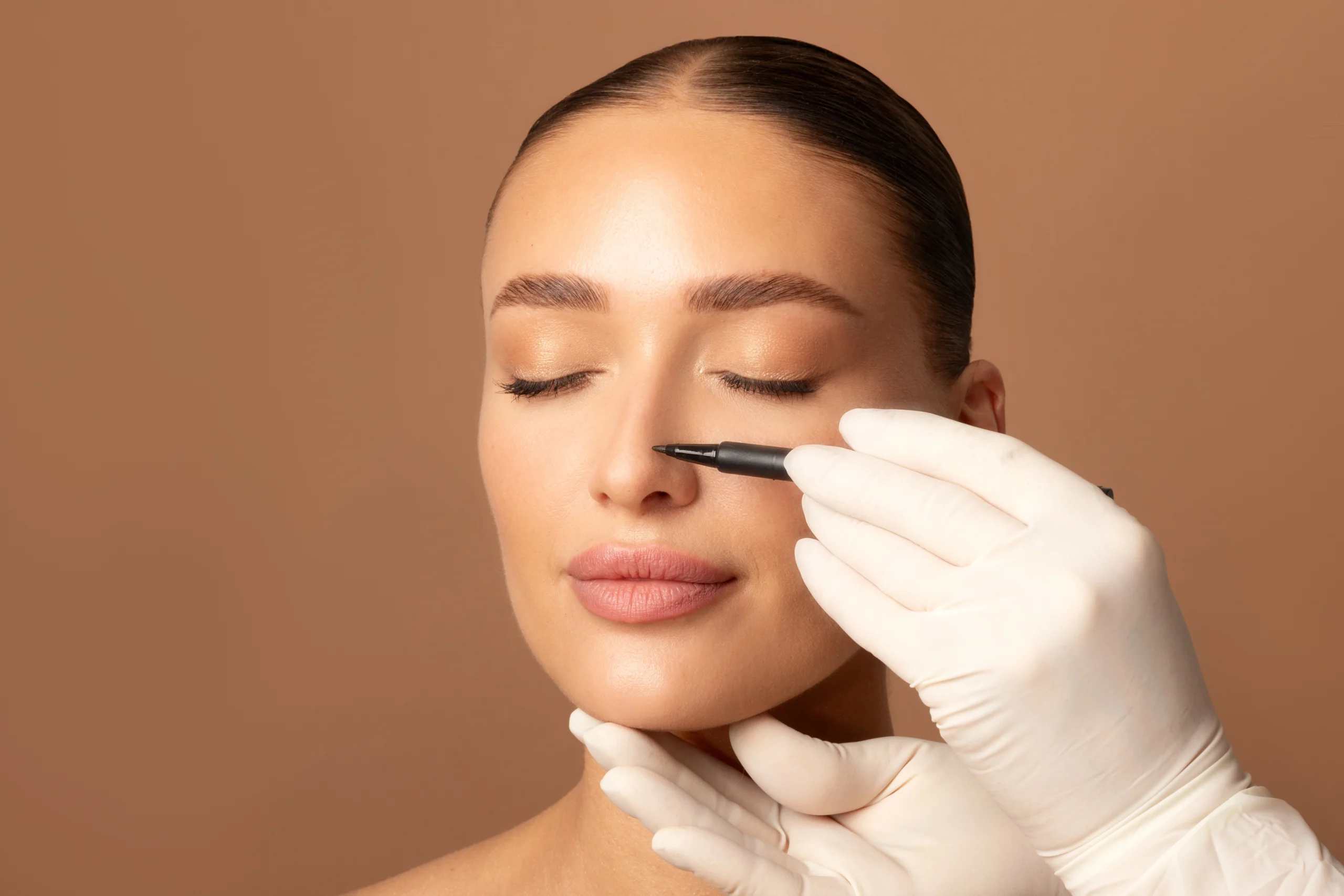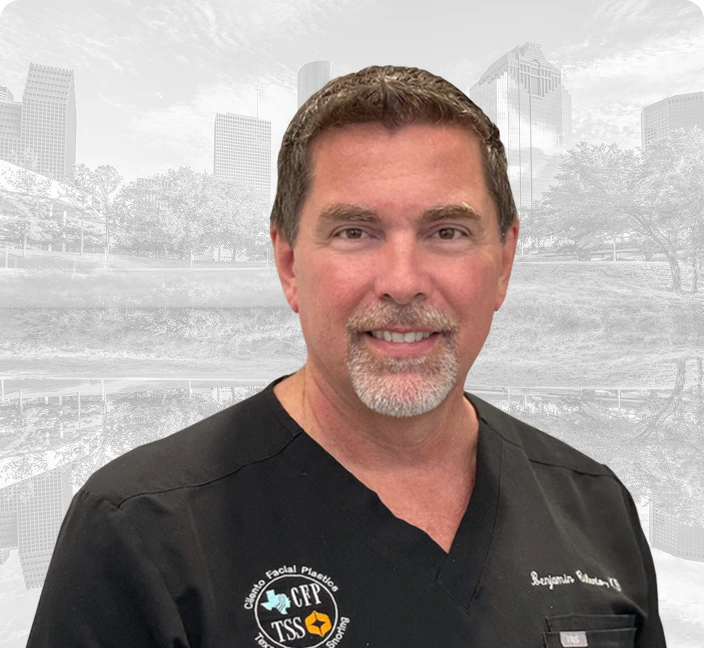Key Takeaways
- Less invasive: Closed nose surgery offers a quicker recovery compared to open techniques.
- Prepare early: Discuss your expectations and potential risks with your surgeon to ensure the best results.
- Understanding the procedure: Knowing the step-by-step process can help reduce anxiety.
- Postoperative care: Following your surgeon’s instructions is crucial for managing pain and swelling, which leads to optimal recovery.
- Recovery times vary: However, with the right approach, you’ll be back to your routine in no time.
What Is a Closed Nose Surgery?
Closed nose surgery, also known as endonasal rhinoplasty, is a technique where incisions are made inside the nostrils, allowing the surgeon to reshape the nose without external incisions. This method results in no visible scarring and is typically chosen for both cosmetic reasons and to improve breathing.
Benefits Over Open Rhinoplasty
Closed nose surgery provides several advantages over the open method:- Less scarring: No external cuts, so no visible scars.
- Reduced swelling: Less tissue disruption typically results in less swelling.
- Faster healing: Patients usually experience quicker recovery times due to less invasive techniques.
Pre-Surgery Considerations
Assessing Candidacy for Closed Rhinoplasty Surgery
Not everyone is eligible for closed rhinoplasty. A thorough evaluation by a qualified surgeon is essential. They will assess your nasal structure, skin quality, and health to determine if this method can achieve your desired results.
Discussing Expectations with Your Surgeon
Clear communication with your surgeon is vital. They’ll explain what closed nose surgery can realistically accomplish. For example, someone expecting a dramatic change in nose size may need to understand how their nasal anatomy limits specific adjustments.
Understanding Risks and Complications
Like any surgery, there are risks such as bleeding, infection, or dissatisfaction with the outcome. Although these are rare, it’s essential to be aware of them to make an informed decision.
The Closed Rhinoplasty Procedure
Knowing what happens during surgery can help ease nerves. The procedure usually takes 1-3 hours, depending on the complexity. Under anesthesia, the surgeon makes incisions inside the nostrils and reshapes the bone and cartilage. If necessary, adjustments to the nasal septum may be made to improve breathing.
Once the procedure is complete, sutures are used to close the incisions, and in some cases, internal splints are placed to support the new nasal structure during the healing process.
Step-by-Step Overview
Preparation: You’re prepped for surgery at the facility.
Anesthesia: Administered for a painless procedure.
Incision: Incisions are made inside the nostrils.
Reshaping: Bone and cartilage are sculpted.
Suturing: The incisions are closed with internal sutures.
Recovery: You are transferred to a recovery area to begin your healing process.
Immediate Post-Op Care
After surgery, you’ll be monitored in a recovery room. Expect nasal packing or internal splints to support your new structure. Most patients go home the same day, but you’ll need someone to drive you. Swelling and bruising are normal, and while it can be tempting, patience is essential before judging the results.
Managing Pain and Discomfort
Your surgeon will prescribe pain medication to manage post-op discomfort. Keep your head elevated, use cold compresses, and avoid strenuous activities to reduce swelling and prevent complications.
Navigating the Recovery Process
First Week
The first 24 hours are critical—rest, stay hydrated, and follow your pain management routine. Avoid blowing your nose or putting pressure on it. Over the next week, continue to rest and avoid heavy lifting or strenuous activities. Soft foods are recommended to minimize discomfort associated with chewing.
Weeks 2-4: Seeing Changes
By the second or third week, most of the swelling and bruising will have subsided, and you’ll begin to see the new contours of your nose. It’s still essential to treat your nose with care and avoid activities that could cause injury. By the end of the fourth week, many patients can resume most normal activities.
Taking Care of Your New Nose
Your nose will continue to heal for months, with final results becoming more visible over time. Protect your nose from the sun and avoid wearing glasses that rest on the bridge of your nose until your surgeon advises otherwise.
FAQs
How long does the healing process take?
While the initial recovery phase lasts about 4-6 weeks, full healing can take up to a year. Most patients resume their regular activities within 2 to 4 weeks, depending on their circumstances.
Can I breathe normally after a closed nose job?
Temporary nasal congestion is common due to swelling, but breathing typically improves once the swelling subsides.
What are the signs of infection?
Watch for increased pain, redness, fever, or unusual discharge, and contact your surgeon immediately if you experience any of these symptoms.
Can I correct my dorsal hump with a closed rhinoplasty?
Yes, in many cases, a dorsal hump can be corrected with endonasal rhinoplasty. This surgical procedure involves making incisions inside the nostrils, which avoids visible scarring and typically allows for a shorter recovery period. During the operation, the surgeon reshapes the nasal bones and the nasal dorsum to create a smoother profile. However, the success of this approach depends on factors such as the thickness of your nasal skin and the extent of correction required. For patients experiencing breathing difficulties in addition to cosmetic concerns, your surgeon will also evaluate whether internal structural adjustments can be made effectively using this technique.
Why is it crucial to choose a board-certified plastic surgeon?
A board-certified plastic surgeon brings not only extensive training but also a deep understanding of natural nasal anatomy and its relationship to nose shape and the nose tip. Whether you’re correcting a deviated septum or enhancing your nasal aesthetics, a skilled surgeon ensures that functional and cosmetic goals are met with precision. This level of expertise minimizes complications and maximizes results that harmonize with your facial features.
Is a closed approach suitable for revision rhinoplasty?
In select cases, a closed technique may be used for a revision nose job, particularly if the prior changes were minimal and the structure of the nasal tip cartilage remains intact. However, revisions are often more complex due to scar tissue or previous alterations, which can increase the risk of nasal valve collapse. While the closed technique is a less invasive procedure that avoids noticeable scarring and often leads to a smooth recovery, it may not provide enough access for detailed corrections. Your surgeon will determine the best approach based on your facial features and surgical history.
Does rhinoplasty involve significant risks?
Like any surgical method, rhinoplasty carries potential risks, including anesthesia complications, especially for general anesthesia. Although the use of internal incisions minimizes visible scarring, it’s essential to understand that complications such as trauma to soft tissues or unsatisfactory results can occur. Following your surgeon’s advice closely is necessary for achieving the desired outcome. Our surgeon performs rhinoplasty using the latest technology to ensure minimal scarring and maximum safety throughout the process.
Schedule a Free Consultation at Texas Sinus & Snoring!
ACT NOW! GET A FREE CONSULTATION – TODAY ONLY!
CALL US NOW TO LEARN MORE ABOUT HOW NASAL ISSUES ARE ADDRESSED BY A PLASTIC SURGEON! 346-413-9313
Don’t miss this exclusive opportunity to get expert advice and begin your journey towards a new, confident you. Texas Sinus and Snoring’s dedicated team is ready to help you achieve the results you’ve always wanted. Contact us today to schedule your free consultation and take the first step towards a better, more confident you!




